Brazilian cuisine: salgadinhos Posted by carol on Jul 21, 2020 in Brazilian Profile, Culture, Customs, Learning, Vocabulary
Traveling to a different country means leaving your comfort zone and experiencing not only a new culture and language, but also the gastronomic wonders that these lugares (places) offer. However, during a viagem (trip), we can be either in a hurry or maybe not even hungry enough to sit down for a refeição completa (full meal). A slice of pizza, a kebab or even a croissant would do. All we want is to grab a quick bite on the move to carry on with our plans. And Brazil is quite the place for that! If you want to find out a little more about these everyday snacks, keep on reading. In today’s text, we will go over about the beloved Brazilian salgadinhos.
Found from norte ao sul (north to south), salgadinhos are everywhere in Brazil. Immensely popular at festas de aniversário (birthday parties), padarias (bakeries) and (lanchonetes) snack bars, you can find traditional versions or even more gourmet variations. Some of these names are probably familiar to anyone who has been here before, so let’s move on to our hall of fame:
Coxinha
Unquestionably one of the most typical and tempting Brazilian snacks. The coxinha is made from a wheat-based massa (dough), then breaded and frita (fried), and its most common filling is frango desfiado (shredded chicken) or chicken and catupiry (a type of cream cheese). Different takes on this delicacy have become popular lately, and now vegetarian fillings are available or even one with a whole drumstick inside! By the way, its name derives precisely from its formato (shape), which resembles a chicken leg, or ‘thigh’ (thus coxa).
Empada
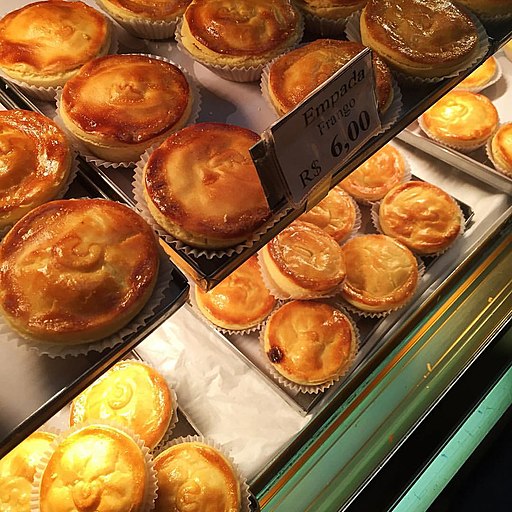
Just imagine the sheer pleasure of feeling a thin crust derretendo em sua boca (melting in your mouth). this is the feeling that a good empada, or empadinha for short, will give you! The recheios (fillings) for these treasured mini-pies are many, ranging from camarão (shrimp), palmito (heart of palm), chicken or carne seca (dried meat), all wrapped in a delicate shortcrust pastry. It is worth saying that, despite not being deep-fried, these babies are quite wholesome, so take it easy and don’t overdo it!
Enroladinho
Found in both fried or assado (baked) versions, the most widespread enroladinhos (Portuguese for rolls) are sausage or presunto e queijo (ham and cheese). The fried dough resembles the one found in coxinha, though its baked variety can be quite different and more reminiscent of a very soft and fluffy pão (bread). In some regions of Brazil, the baked enroladinho is also known as joelho (knee).
Pastel
The famous pastéis are another type of savoury pastry around here, the most traditional of which are the crocantes (crunchy) fried ones. The crust is fina (thin), crisp and covered in air bubbles and its fillings can get a bit creative with carne moída (ground beef) being a favorite. If you head to any feira (farmer’s market), you are sure to come across a stall selling this treat (usually with some salsa on the side for added flavour)! The baked pastel, however, is similar to the aforementioned empada the most common filling is chicken.
Bolinho de bacalhau
This Portuguese delicacy made its way into the hearts of Brazilians and it is today also part of our daily lives. Its ingredients includes batatas (potatoes), cod fish and many fresh herbs. They are most likely found as petiscos (snacks) in bars and restaurants and go hand in hand with some cerveja gelada (cold beer).
Quibe
This traditional Middle Eastern dish has been fully assimilated into our culture, being easily found anywhere. The quibe is made with triguilho (Bulgur wheat), ground beef and fresh herbs such as hortelã e salsinha (mint and parsley). Remember to drizzle a few drops of limão (lime) with each bite, it’s a perfect match!
Esfirra
Esfirra is another savory pastry originated in the Oriente Médio (Middle East) but we now like to call our own. Its dough is like that of soft bread, baked in the oven and with fillings such as beef, cheese, coalhada (curd) or legumes (vegetables).
Ficou com água na boca? Is your mouth watering? It is worth noting that, despite being pesados (heavy), Brazilian salgadinhos are baratos (cheap) and widely available. There are also many other snacks and different fillings depending on the region you are in. Now tell me, have you tried any of these snacks? Be sure to comment on what you think of them. Até breve!

Build vocabulary, practice pronunciation, and more with Transparent Language Online. Available anytime, anywhere, on any device.



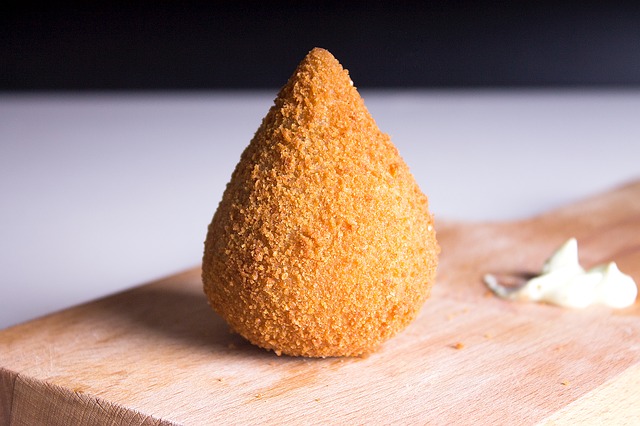
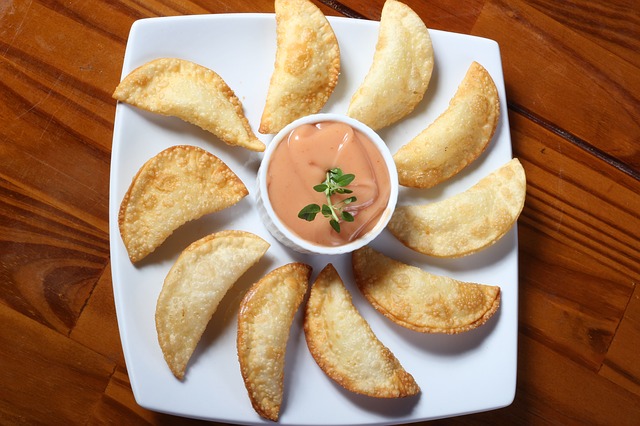
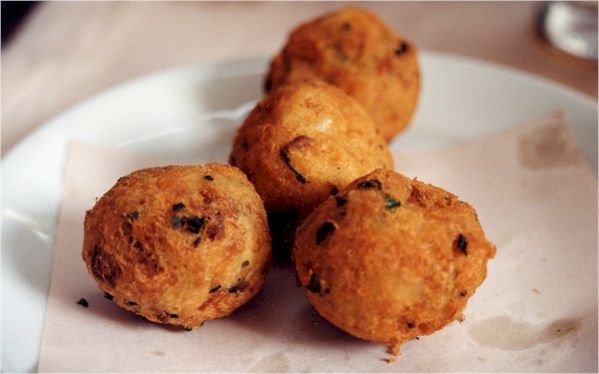
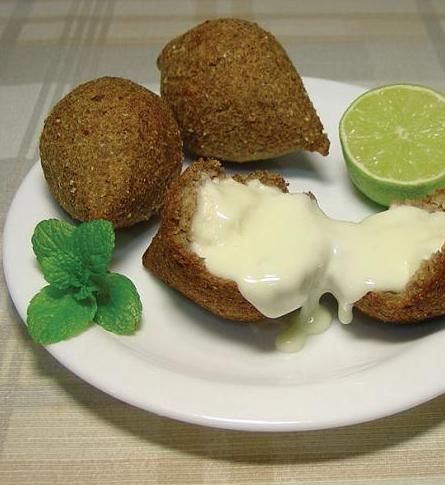
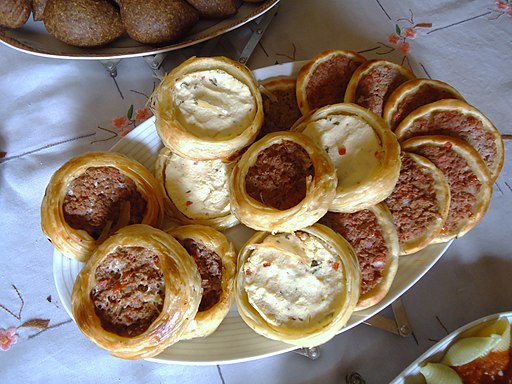

Comments:
Lori:
Hello, can you share recipes for these delicious food items? Also any cook books an YouTube links for cooking Brazilian food with English subtitles or translation.
carol:
@Lori Hey Lori!
I’m glad to hear you’re interested. You can check out these previous posts: https://blogs.transparent.com/portuguese/brazilian-cooking-series-part-v/ and
https://blogs.transparent.com/portuguese/empada-recipe/ with recipes and let me know what you think!
Thanks for reading our blog 🙂